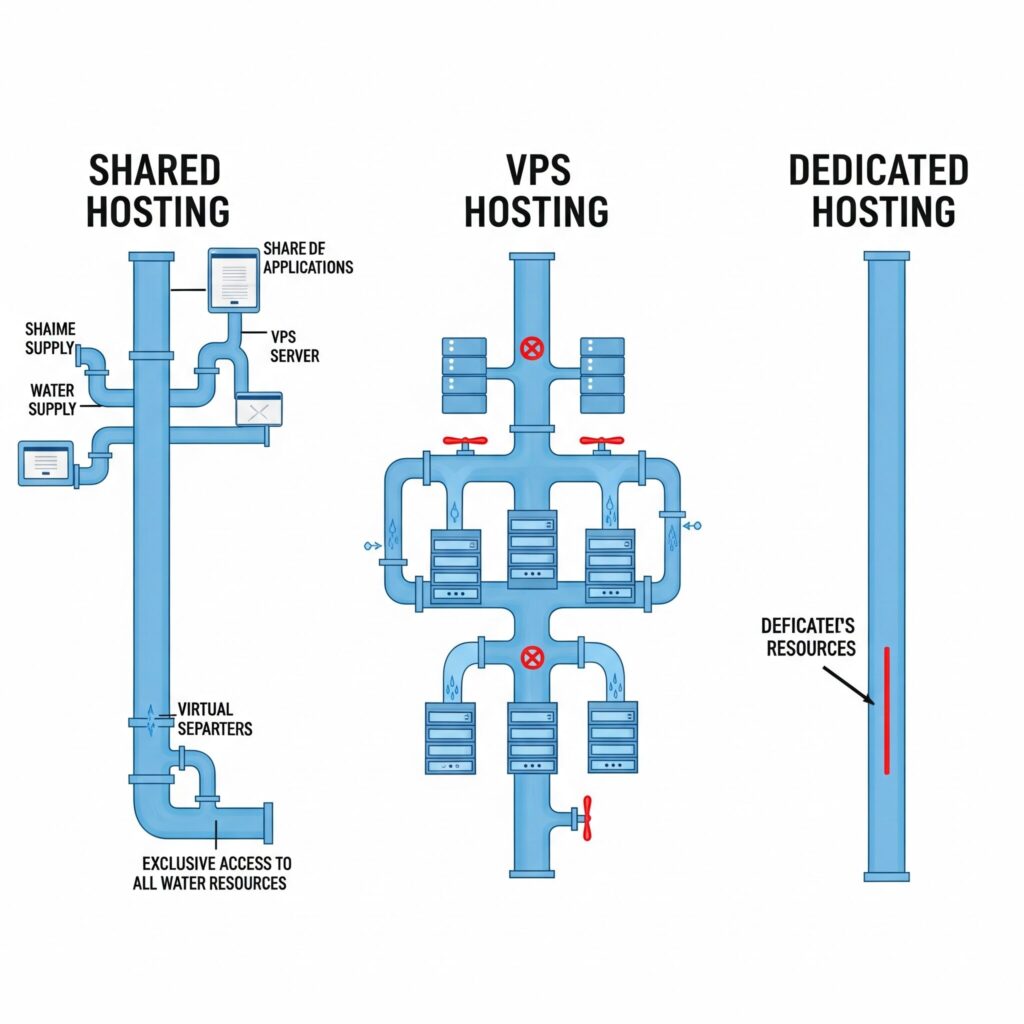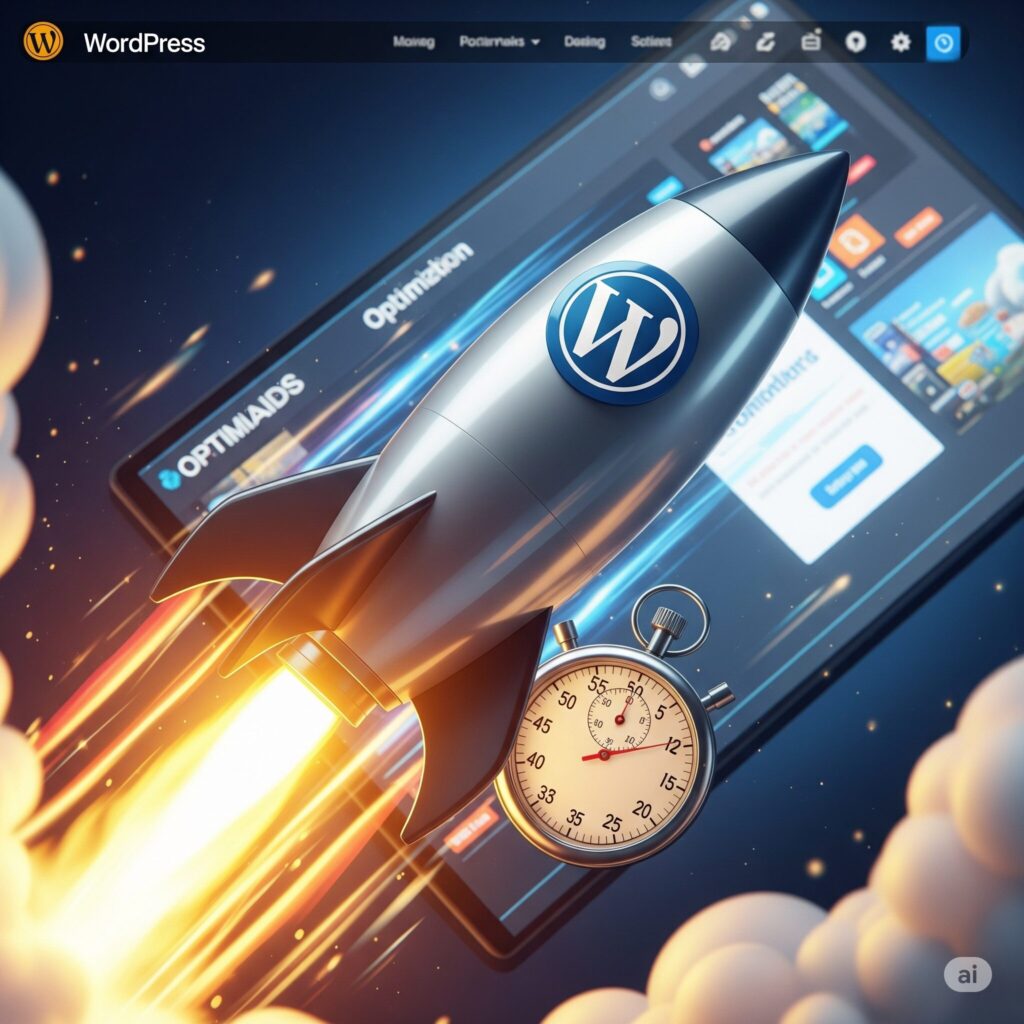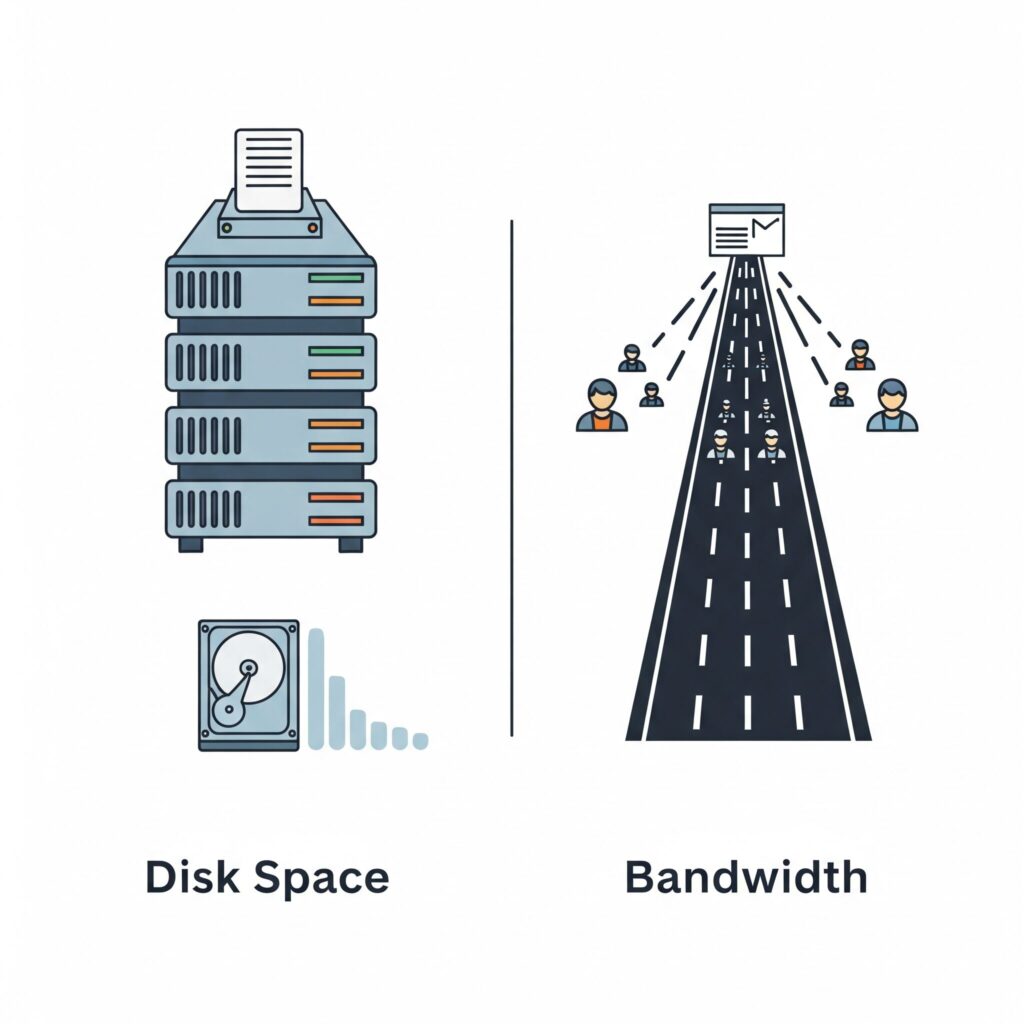Table of Contents
ToggleThe Ultimate Guide to WordPress Caching
Unlock lightning-fast speeds for your website. This guide covers everything from simple plugins to advanced server-side solutions to help you master WordPress caching.
What is Caching and Why is it Essential?
Every time a visitor lands on your WordPress site, a lot happens behind the scenes. WordPress processes PHP code, queries your database, and assembles all this data into an HTML page to send to the visitor's browser. This process takes time and server resources.
Caching is the process of storing a temporary, static version of this final HTML page. When the next visitor arrives, your server can deliver this pre-built page instantly, without repeating the entire process. The result is a dramatically faster website, improved user experience, and better SEO rankings.
In short: Caching reduces server load and makes your website significantly faster by serving saved copies of your pages instead of building them from scratch for every visit.
Types of WordPress Caching
Caching isn't a one-size-fits-all solution. There are several layers where caching can occur, each targeting a different aspect of your site's performance.
1. Page Caching (Plugin-Based)
This is the most common and accessible type of caching for WordPress users. Caching plugins create static HTML copies of your pages and posts. This is the first and most impactful step you should take to speed up your site.
Popular Caching Plugins:
- WP Rocket: A powerful premium plugin known for its ease of use and comprehensive features, including page caching, browser caching, and file optimization.
- W3 Total Cache: A free, highly configurable plugin that offers a wide range of caching methods, including page, object, and browser caching. It's powerful but can be complex for beginners.
- WP Super Cache: A free and popular plugin developed by Automattic (the company behind WordPress.com). It's simpler than W3 Total Cache and very effective at page caching.
2. Browser Caching
Browser caching instructs a visitor's web browser to store static files (like your logo, CSS stylesheets, and JavaScript files) on their local computer. When they visit another page on your site, these files are loaded instantly from their computer instead of being re-downloaded from your server.
Most caching plugins like WP Rocket can configure this for you by adding the necessary rules to your .htaccess file.
3. Object Caching
This is a more advanced form of caching that stores the results of complex database queries. For sites with a lot of dynamic content, like e-commerce or membership sites, object caching can significantly reduce the time it takes to retrieve data from the database.
Solutions like Redis and Memcached are used for this, and they are typically enabled at the server level by your hosting provider.
4. Server-Side Caching
This is the fastest and most efficient form of caching, handled directly by the server before WordPress even gets involved. Many premium managed WordPress hosts (like Kinsta, WP Engine, and SiteGround) have their own proprietary server-level caching solutions built-in.
Common Server-Side Caching Technologies:
- Varnish Cache: A powerful web accelerator that sits in front of your web server. It's incredibly fast but can be complex to configure for dynamic sites.
- Nginx Caching: If your host uses an Nginx web server, they can configure FastCGI caching, which is extremely efficient and a popular choice for high-traffic sites.
- LiteSpeed Cache: If your host uses a LiteSpeed web server, the LiteSpeed Cache plugin offers unparalleled integration for server-level caching, providing performance that is often superior to other solutions.
Key Takeaway: If your hosting provider offers server-side caching, you often don't need a separate page caching plugin, or you should use the specific plugin recommended by your host (like LiteSpeed Cache).
Choosing Your Caching Strategy
- Start with a Plugin: For most users, installing a good caching plugin like WP Rocket or WP Super Cache is the easiest and most effective first step.
- Check Your Host's Offerings: See if your hosting provider offers built-in, server-side caching. If so, use their recommended solution for the best performance.
- Leverage a CDN: Combine your caching strategy with a Content Delivery Network (CDN) like Cloudflare. A CDN caches your static assets on servers worldwide, reducing latency for international visitors.
- Optimize Your Database: For dynamic sites, inquire with your host about enabling an object cache like Redis to speed up database queries.
Conclusion: Caching is Non-Negotiable
In today's fast-paced digital world, a slow website is no longer an option. Caching is the single most effective technique for boosting your WordPress site's speed. By understanding the different types of caching and implementing the right strategy—from a simple plugin to a robust server-side solution—you can provide a superior user experience, improve your SEO, and ensure your website is built for performance.







